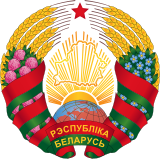Belarusian Greek Catholic Church
| ||||||||||||||||||||||||||||||||||||||||||||||||||||||||||||||||||||
Read other articles:

本條目存在以下問題,請協助改善本條目或在討論頁針對議題發表看法。 此條目需要擴充。 (2013年1月1日)请協助改善这篇條目,更進一步的信息可能會在討論頁或扩充请求中找到。请在擴充條目後將此模板移除。 此條目需要补充更多来源。 (2013年1月1日)请协助補充多方面可靠来源以改善这篇条目,无法查证的内容可能會因為异议提出而被移除。致使用者:请搜索一下条目的标…

هنودمعلومات عامةنسبة التسمية الهند التعداد الكليالتعداد قرابة 1.21 مليار[1][2]تعداد الهند عام 2011ق. 1.32 مليار[3]تقديرات عام 2017ق. 30.8 مليون[4]مناطق الوجود المميزةبلد الأصل الهند البلد الهند الهند نيبال 4,000,000[5] الولايات المتحدة 3,982,398[6] الإمارا�…

拉吉夫·甘地राजीव गांधीRajiv Gandhi1987年10月21日,拉吉夫·甘地在阿姆斯特丹斯希普霍尔机场 第6任印度总理任期1984年10月31日—1989年12月2日总统吉亞尼·宰爾·辛格拉马斯瓦米·文卡塔拉曼前任英迪拉·甘地继任維什瓦納特·普拉塔普·辛格印度對外事務部部長任期1987年7月25日—1988年6月25日前任Narayan Dutt Tiwari(英语:Narayan Dutt Tiwari)继任納拉辛哈·拉奥任期1984年10月31…

Portland Air Defense Sector Emblem of the Portland Air Defense SectorActive1948–1966CountryUnited StatesBranchUnited States Air ForceRoleAir DefensePart ofAir Defense CommandCommandersNotablecommandersCarroll W. McColpinMilitary unit Map all coordinates using OpenStreetMap Download coordinates as: KML GPX (all coordinates) GPX (primary coordinates) GPX (secondary coordinates) Map of Portland ADS The Portland Air Defense Sector (PADS) is an inactive United States Air Force organization. It…
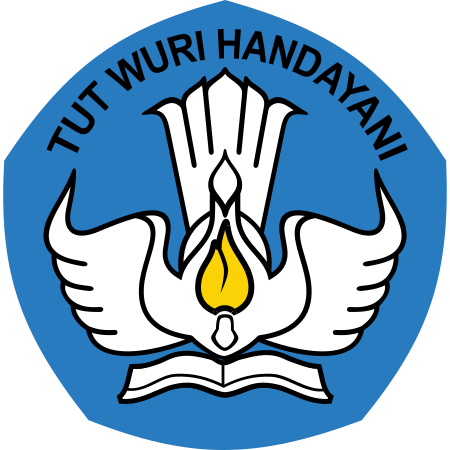
[1]SMA Negeri 3 SurabayaInformasiDidirikan31 Desember 1969AkreditasiA[1]Nomor Statistik Sekolah301056013003Jurusan atau peminatanIPA, IBB dan IPSRentang kelasX IPA, X IPS, X IBB, XI IPA, XI IPS, XI IBB, XII IPA, XII IPS, XII IBBKurikulumKurikulum Tingkat Satuan PendidikanAlamatLokasiJl. Memet Sastroawiryo, Surabaya, Jawa TimurKoordinat7°14' 31S 112°47'23EMoto SMA Negeri (SMAN) 3 Surabaya, merupakan salah satu Sekolah Menengah Atas Negeri yang ada di Provinsi Jawa Timur, Indonesia. Sama…

本條目存在以下問題,請協助改善本條目或在討論頁針對議題發表看法。 此條目需要編修,以確保文法、用詞、语气、格式、標點等使用恰当。 (2013年8月6日)請按照校對指引,幫助编辑這個條目。(幫助、討論) 此條目剧情、虛構用語或人物介紹过长过细,需清理无关故事主轴的细节、用語和角色介紹。 (2020年10月6日)劇情、用語和人物介紹都只是用於了解故事主軸,輔助讀�…
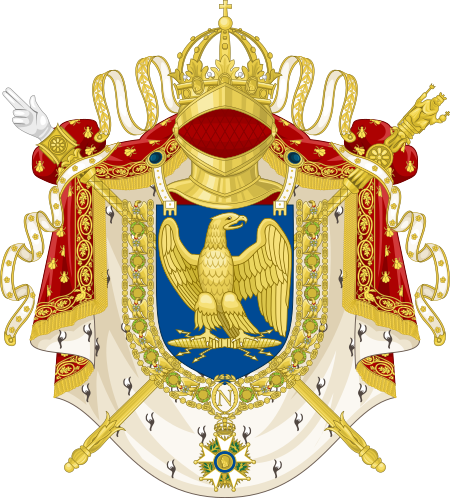
Bessières oleh Henri-François Riesener Jean-Baptiste Bessières, Adipati Pertama Istria (6 Agustus 1768 – 1 Mei 1813) merupakan seorang komandan militer Prancis dan marsekal kekaisaran yang bertugas selama Perang Revolusi Prancis dan Peperangan era Napoleon. Adiknya, Bertrand, mengikuti jejaknya dan akhirnya menjadi jenderal divisi. Sepupu mereka, Géraud-Pierre-Henri-Julien, juga melayani Kaisar Napoleon I sebagai diplomat dan pejabat kekaisaran. Bessières lahir di Prayssac de…

Andrew Jackson State ParkSite of park in U.S. state of South CarolinaNearest cityLancaster, SCCoordinates34°50′28″N 80°48′25″W / 34.841°N 80.807°W / 34.841; -80.807Area360 acres (145.7 ha)Created1952Other informationFeatures include: a museum Andrew Jackson State Park is a 360-acre (1.5 km2) South Carolina state park established in 1952 to honor the only South Carolina-born president, Andrew Jackson, who was born nearby in 1767. The park is on U…

この記事は検証可能な参考文献や出典が全く示されていないか、不十分です。出典を追加して記事の信頼性向上にご協力ください。(このテンプレートの使い方)出典検索?: 毎日小学生新聞 – ニュース · 書籍 · スカラー · CiNii · J-STAGE · NDL · dlib.jp · ジャパンサーチ · TWL(2023年3月) 毎日小学生新聞 毎日小学生新聞発行元の毎�…

Japanese manufacturing company Oki Electric Industry Co., Ltd.Headquarters in Toranomon First GardenCompany typePublic KKTraded asTYO: 6703Nikkei 225 ComponentIndustryTelecommunications, Electronics, Information technologyFoundedJanuary 1881; 143 years ago (1881-01)FounderKibataro OkiHeadquarters1-7-12 Toranomon, Minato-ku, Tokyo 105-8460, Japan35°40′11″N 139°44′58″E / 35.669813°N 139.749312°E / 35.669813; 139.749312Key peopleShinya Kama…

National public library in Moscow, Russia Not to be confused with National Library of Russia. Russian State LibraryРоссийская государственная библиотекаMain building of the library. The façade still retains the Soviet-era name Lenin State Library of the USSRLocationMoscow, RussiaTypeNational libraryEstablished1862 (162 years ago) (1862)Branches3CollectionItems collectedBooks, journals, newspapers, magazines, sound and music recordings, patents, d…

提示:此条目页的主题不是萧。 簫琴簫與洞簫木管樂器樂器別名豎吹、豎篴、通洞分類管樂器相關樂器 尺八 东汉时期的陶制箫奏者人像,出土於彭山江口汉崖墓,藏於南京博物院 箫又稱洞簫、簫管,是中國古老的吹管樂器,特徵為單管、豎吹、開管、邊稜音發聲[1]。「簫」字在唐代以前本指排簫,唐宋以來,由於單管豎吹的簫日漸流行,便稱編管簫爲排簫,�…

La historia de la Armada Argentina es la cronología de acontecimientos y hechos desde sus albores en la guerra de la Independencia hasta el presente. Guerra de la Independencia Véase también: Guerra de la Independencia Argentina Revolución de Mayo Al producirse la Revolución de Mayo el 25 de mayo de 1810, la mayor parte de los oficiales de la Armada Española dependientes del Real Apostadero Naval San Felipe de Montevideo se encontraban en Buenos Aires, entre ellos Juan Ángel de Michelena,…

Archaeological stone-age culture Object said to be the oldest sickle, flint and resin, Tahunian culture, c. 7000 BC, Nahal Hemar Cave. Israel Museum. The Stone Age ↑ before Homo (Pliocene) Paleolithic Lower PaleolithicEarly Stone Age Homo Control of fire Stone tools Middle PaleolithicMiddle Stone Age Homo neanderthalensis Homo sapiens Recent African origin of modern humans Upper PaleolithicLater Stone Age Behavioral modernity, Atlatl, Origin of the domestic dog Epipalaeolithic Natufian Mesolit…
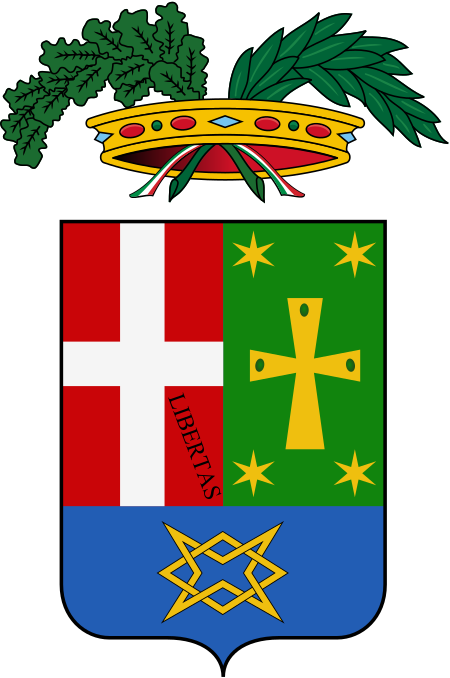
Villa Guardiacomune Villa Guardia – VedutaVista su Villa Guardia da nord LocalizzazioneStato Italia Regione Lombardia Provincia Como AmministrazioneSindacoPaolo Veronelli (lista civica Villa Guardia Insieme) dal 10-6-2024 Data di istituzione1928 TerritorioCoordinate45°47′N 9°01′E45°47′N, 9°01′E (Villa Guardia) Altitudine350 m s.l.m. Superficie7,87 km² Abitanti7 881[1] (01-11-2023) Densità1 001,4 ab./km² FrazioniBrugo, C…
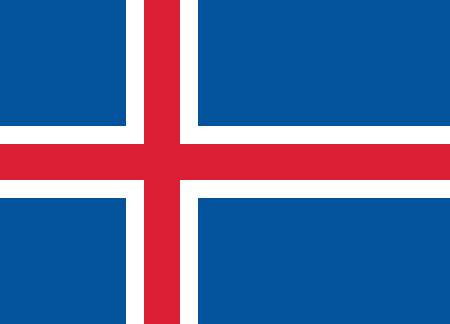
دوري آيسلندا الممتاز 2018 تفاصيل الموسم دوري آيسلندا الممتاز النسخة 107 البلد آيسلندا التاريخ بداية:27 أبريل 2018 نهاية:29 سبتمبر 2018 المنظم اتحاد آيسلندا لكرة القدم الهابطون نادي كيفلافيك مباريات ملعوبة 132 عدد المشاركين 12 دوري آيسلندا الممتاز 2017 د…

Book by Anwar Shah Kashmiri Al-Arf al-Shadhi sharh Sunan al-Tirmidhi Arabic coverEditorMuhammad Chiragh PunjabiAuthorAnwar Shah KashmiriOriginal titleالعرف الشذي شرح سنن الترمذيLanguageArabicSubjectSunan al-TirmidhiGenreCommentaryPublished1919Publication placeBritish IndiaMedia typePrintISBN9789957674991 Turath PublishingOCLC884580861Dewey Decimal297.125 Al-Arf al-Shadhi sharh Sunan al-Tirmidhi (Arabic: العرف الشذي شرح سنن الترمذي, romanize…

French class of Ironclad Corvettes Model of Jeanne d'Arc on display at the Musée de la Marine in Paris, before the rear barbettes were deleted Class overview NameAlma class Operators French Navy Preceded byBelliqueuse Succeeded byLa Galissonnière class Built1865–1870 In service1867–1891 Completed7 Scrapped7 General characteristics TypeIronclad corvette Displacement3,569–3,889 t (3,513–3,828 long tons) Length68.75–69.03 m (225 ft 7 in – 226 ft…

中国地質大学 各種表記繁体字: 中国地質大学簡体字: 中国地质大学拼音: Zhōngguó Dìzhì Dàxué発音: ちゅうごくちしつだいがく英文: China University of Geosciencesテンプレートを表示 中国地質大学(ピンイン: Zhōngguó Dìzhì Dàxué、英名:China University of Geosciences)は、中華人民共和国北京市及び武漢市(湖北省)にある中国教育部に直属する大学である。また、地質・資源・�…

I principali gruppi religiosi come percentuale della popolazione mondiale nel 2005 secondo le stime di www.adherents.com Archiviato il 26 dicembre 2018 in Internet Archive.. La valutazione di quali siano le religioni maggiori, ovvero le principali religioni del mondo, può essere fatta con una pluralità di metodi; in molti casi, le affermazioni sull'importanza relativa di una religione riflettono un particolare punto di vista (molti aderenti ad una religione considerano la propria fede più inf…


